Xiaomi is now manufacturing everything, or it’s really close to that. But in all this mare magnum they’re still producing headphones as those appear to be one of those accessories that their customers like the most. The Xiaomi Redmi Airdots are, as in Xiaomi’s tradition, super-affordable “true wireless” earphones that offer good value for the money – though they are not exempt from criticism.
Disclaimer: I received this unit from GearBest. They sell it for ~$20.
TL;DR: recap
| Pros |
Cons |
| Decent comfort
Good connection quality Good battery life |
Tuning privileges upper midrange and can be fatiguing
No battery charge indicator Low quality of microphone |
Rating: 6.2/10
Packaging & Accessories
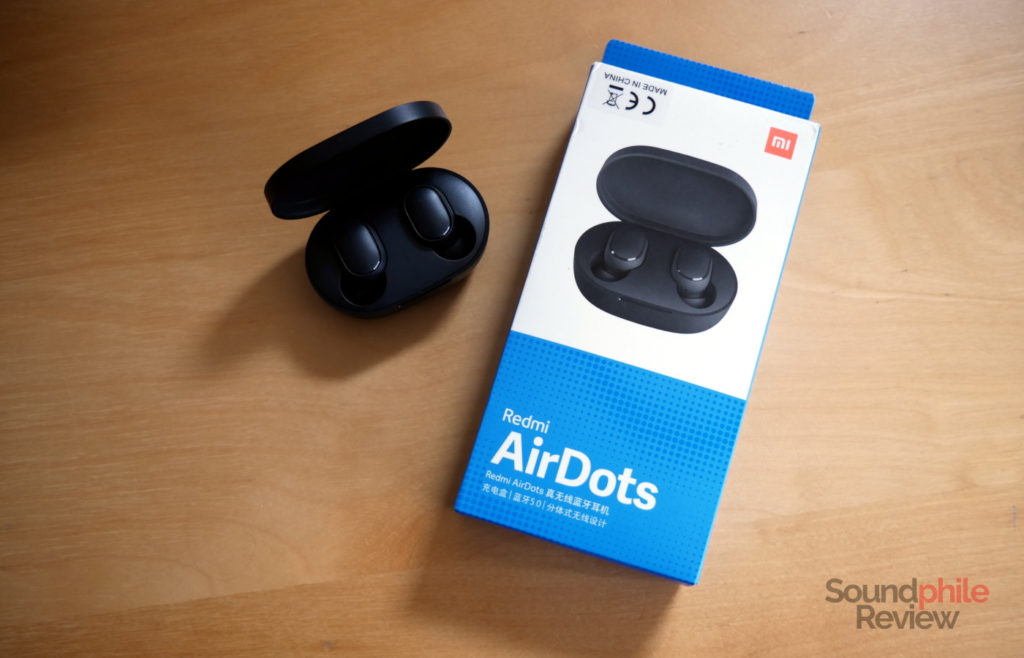
The packaging of the Xiaomi Redmi AirDots is overly simple and so are the accessories: there are just a very short micro-USB cable and two silicone eartips.
Design & Comfort
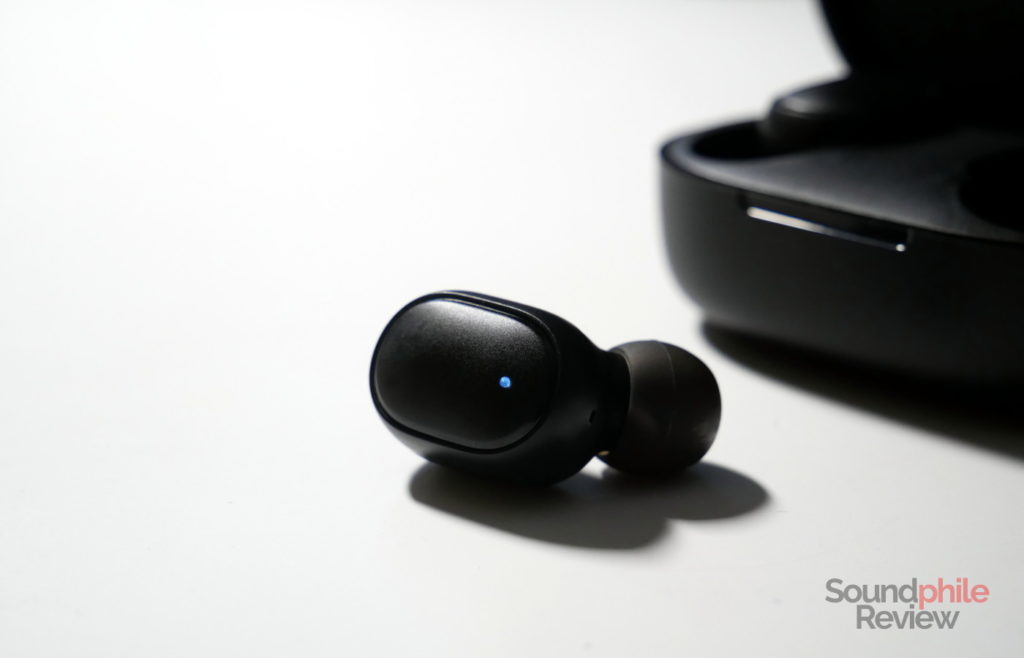
The Xiaomi Redmi AirDots are pill-shaped with a 45°-angled nozzle coming out of them. This design proves effective as it makes the earphones small and good-looking, with the shell made of plastic and the faceplate which also acts as the only button. Near the nozzle are two metallic pins that are used to charge the earpieces.
Build quality is rather good as in Xiaomi’s tradition, though the materials appear a bit cheap. It’s certainly not one of those over-engineered, premium-looking products. The Redmi AirDots are rather basic, but that’s expected at this price point. What’s not basic at all is the IPX4 certification which allows you to use the earphones while working out or under the shower.
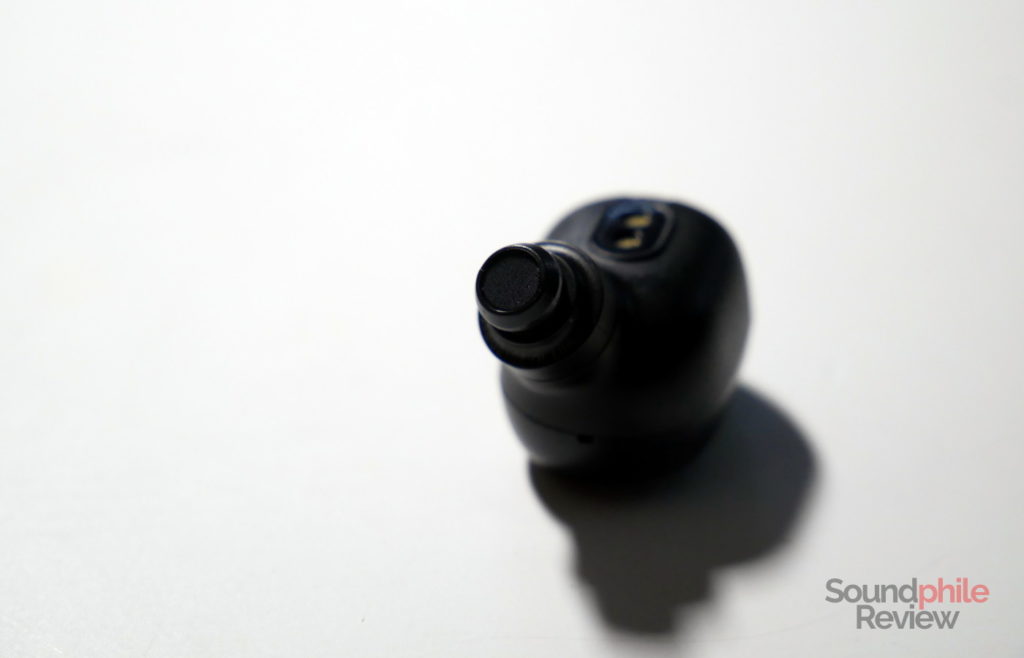
There is alas no way one can know how much charge is left unless they check it on the phone. That’s quite limiting as there is no indicator on the case and one can’t see how much charge it has left. I guess that’s the price for a reduced price (sorry for that). There’s a status LED on each earpiece that tells you when the earphones are charging in the case, but that’s the only information it gives (and that’s only useful to know if the case has any charge left or not).
I found comfort to be decent, but in the long term (3+ hours) the earpieces become quite fatiguing. That’s most probably an issue with the shape of my ears, given how many others find them perfectly comfortable, but still I find them not that comfortable. As usual, take into account the fact that comfort is extremely subjective.
Isolation is decent, but not much more than that. The earphones offer some reduction to the volume of noises, but one still has to raise the volume a bit to be able to listen to music without too much interference.
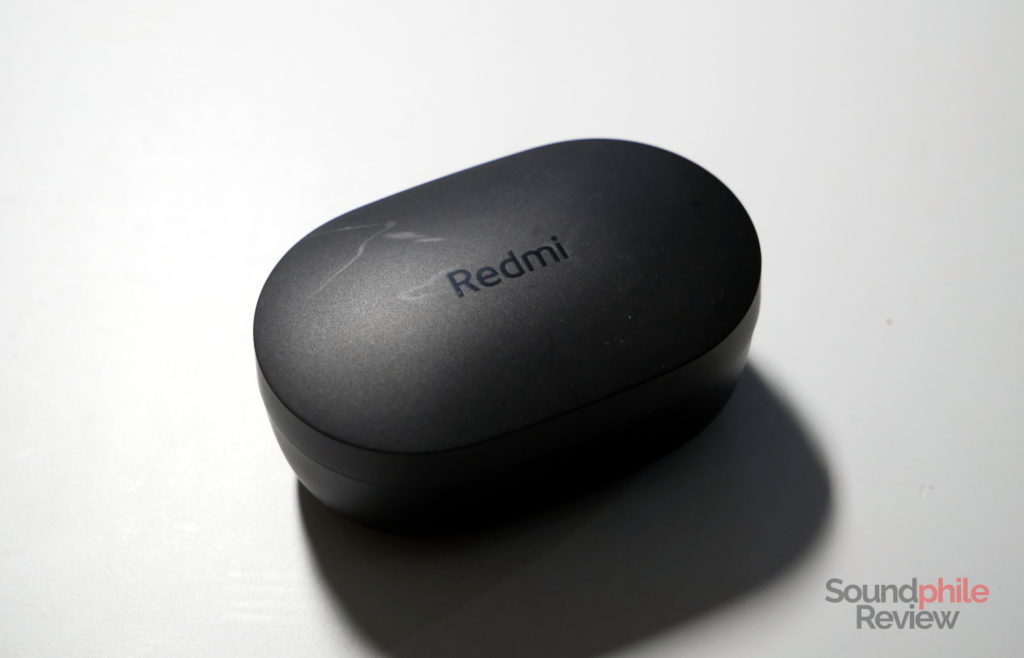
The charging case is really great as it’s small and light. The materials are nothing to write home about (it’s plastic with a cheap finish and cheap looks), but the overall result is very good as the build appears solid and the small size allows one to fit the case in the pocket without issues.
Extra Features & Battery Life
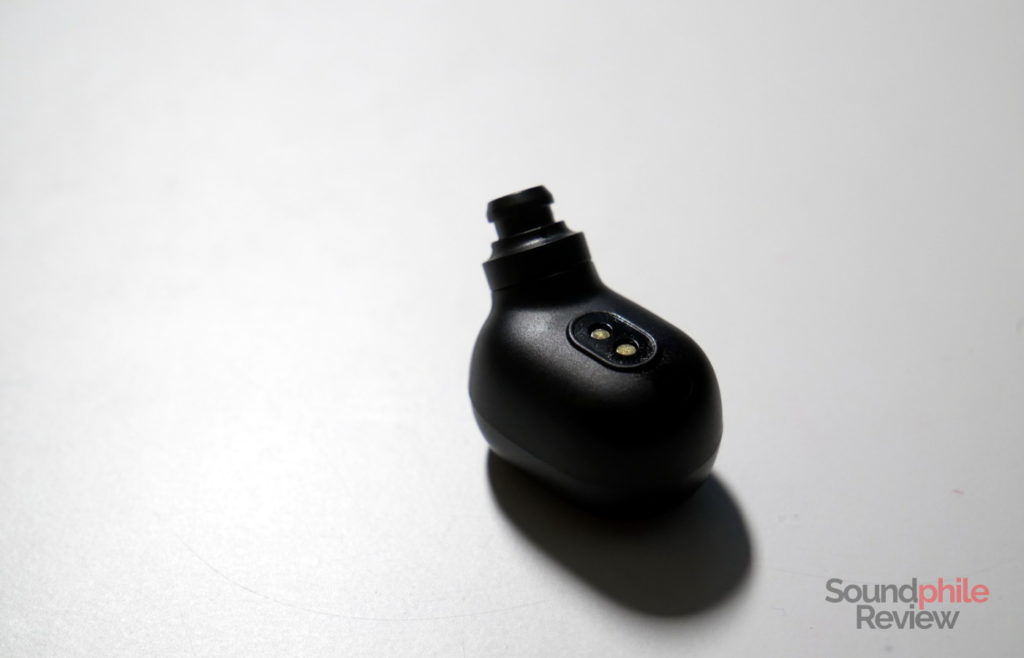
Xiaomi fitted the Redmi AirDots with Bluetooth 5.0, but alas gave them no additional codecs on top of SBC. This limits the overall audio quality, though admittedly these are not meant to reproduce music at the best possible quality.
I was quite surprised by the very good range of the AirDots. They were able to keep the connection alive (and kicking!) even in troublesome situations such as going from one floor to the next with the source DAP laying on a table. This means that using them with a smartphone in one’s pocket should not cause any issues.
Each earpiece can be paired individually, though only by pairing the right one will both connect to the same source. The right one in fact acts as the “master” earpiece and therefore pairing the left one will result in it being the only one playing music or handling calls.
Alas it is not possible to adjust the volume from the earphones, which is quite inconvenient given how even the lowest volume setting is often too high.
The microphone also does a poor job at capturing the voice as it often sounds too distant and metallic. A partial solution is to hold one of the earpieces in front of the mouth, but that doesn’t entirely fix the issue.
Battery life is very good for the size and reaches the 4 hours mark frequently. The case has a 300 mAh battery that should provide two additional charges to the earpieces, for a total of 12 hours of battery life. The real-life result is really close to the one advertised by Xiaomi, which is a bit of a miracle in and of itself.
Sound & Specs
I tested the Xiaomi Redmi AirDots using mainly a HiBy R5 as the source, though I also used a Honor 9 smartphone and an HP EliteBook 745 G5 notebook. In all cases, source files were mostly FLACs in 16 bit / 44.1 kHz resolution.
Xiaomi Redmi AirDots |
| Frequency response | 5 – 40,000 Hz |
| Impedance | 20 Ω |
| Sensitivity | 108 dB |
The Xiaomi Redmi AirDots offer a bright mid-centric signature that’s not often found in this segment of the market. Cheaper headphone usually privilege mid-bass, but that’s not the case with the Redmi AirDots. That’s quite a welcome change, but it has its own set of issues.
Soundstage is limited in width and has no depth at all, which leads to the AirDots sounding very intimate. Imaging is therefore limited in how it can place instruments on the stage, but it’s very limited in general as the two channels appear more independent than they should with sound appearing as if it was coming from both left and right instead of coming from in front of the listener. Instrument separation, too, is limited.
Bass has unexpectedly good extension as it reaches 50 Hz, but the volume at that point is so low one has to concentrate to hear the notes in the mix. Sounds at frequencies lower than 80 Hz are more felt than heard clearly. This leaves the sound without a foundation to lay upon and the result is that the signature lacks body and depth. Bass is decent in terms of quality, but it often lays behind the rest and is difficult to hear even in bass-heavy tracks (the Mirror’s Edge soundtrack has loads of bass, but it’s barely there). This also means that most details are lost in the mix.
Midrange is the most prevalent part in the Redmi AirDot’s sound, with upper midrange being more emphasised than the rest. This emphasis gives the sound good clarity, but it also means that the mids are often too forward in the mix and become fatiguing and harsh. There’s some detail, but it’s limited.
Treble is not extended by any stretch of the word’s definition, nor has it the correct emphasis. The lower section is the most prominent, but it sits behind upper midrange anyway and is therefore not always easy to hear. Detail is limited, too, which leaves the AirDots with a weak treble section.
Xiaomi Redmi AirDots Comparisons
It’s not really air to compare the Redmi AirDots to the other TWS earphones I have as the latter cost several times the price of the former, but on the other hand it’s interesting to see how the AirDots stack up to the competition.
- Xiaomi Redmi AirDots vs Lypertek Tevi: the Tevi have a much more neutral tuning which results in a more relaxing and enjoyable listening experience. Bass is more present in the mix and this gives the sound more body and depth; lows are also more detailed and faster. Midrange does not have the same peak in the upper area and is therefore better suited to reproduce more genres. Treble is definitely more emphasised in the lower area on the Redmi AirDots, up to the point it’s fatiguing. Detail is better in every area. Soundstage is wider on the Tevi, which has the upper hand on imaging and instrument separation too.
- Xiaomi Redmi AirDots vs Shanling MTW100: the MTW100 are almost dark in their tuning, so they’re opposite to the Redmi AirDots. The MTW100 offer better bass presence and extension despite their use of balanced armatures, with warmer midrange and more extended treble. Detail is better on the whole spectrum. On the technical front, the Shanling earphones offer better ability as their soundstage is wider and has a bit of depth, imaging is more accurate and instrument separation is better.
Final Thoughts
Yes, the Xiaomi Redmi AirDots do not sound that well in general. For $20, though, they’re more than acceptable considering they are true wireless earphones – which normally cost five times as much. The difference in sound quality is easy to spot though, with earphones such as the Lypertek Tevi crushing the AirDots in acoustic performance. So the Xiaomi Redmi AirDots appear like good earphones for the price, but not a particular bargain when compared to the more expensive options many claim they challenge.

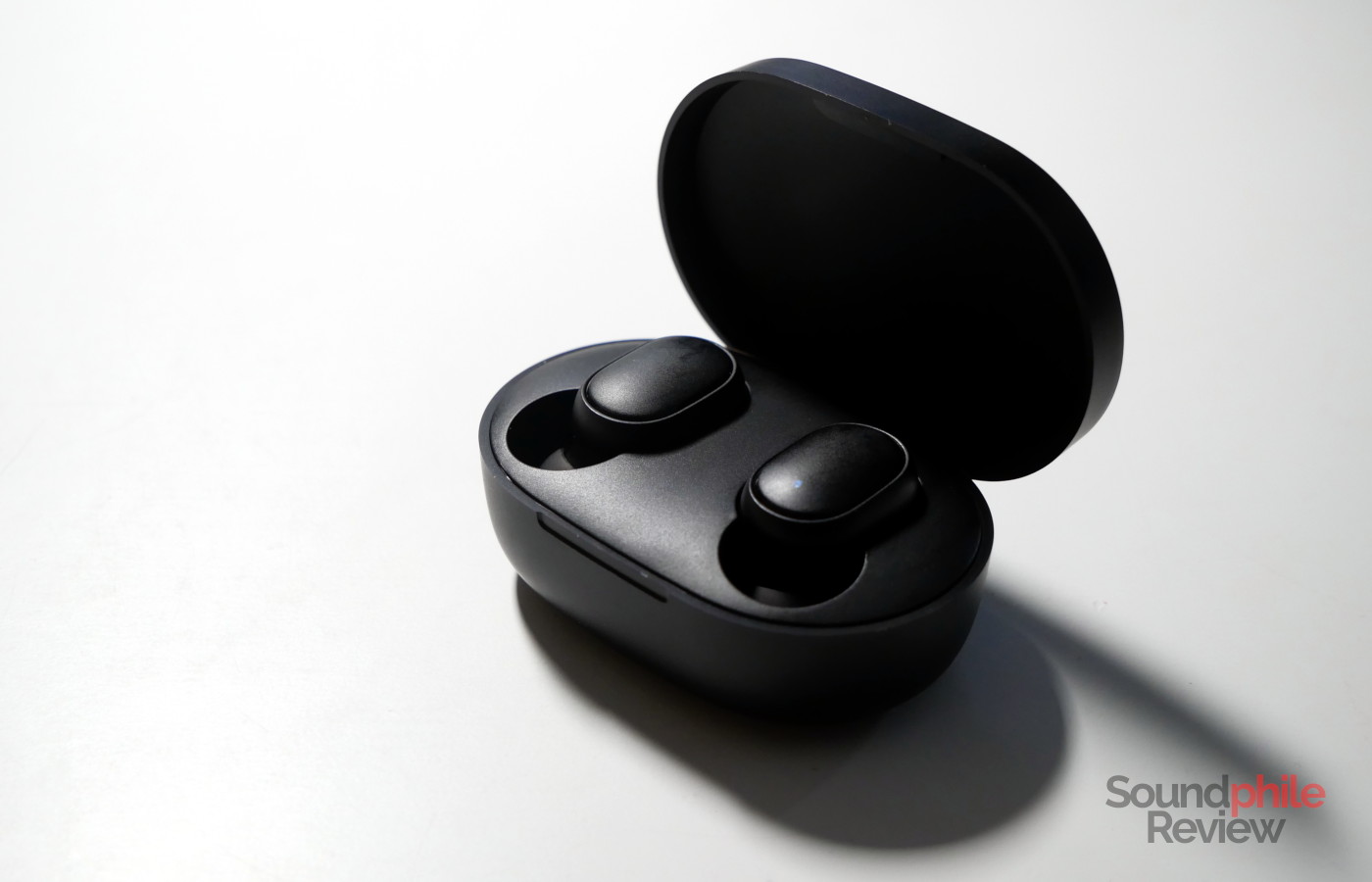





The English in this review is terrible!!
Hello Steve,
I’m sorry to hear that. As I mentioned multiple times throughout the website I am not a native speaker. I speak three languages and I make mistakes in all of them. Would you mind sharing what makes my English in this article terrible so I can improve? Thanks.
Thanks for your review! Analysis was thorough and well-constructed. It helped inform my decision on buying several pairs to gift. Keep up the great work!
Thanks for the review.I would certainly agree with your observations.I’ve been using my Redmi AirDots for just over a year, and the biggest issue I’ve had is with the left and right “unpairing”. Apart from that, I’ve found them to be good value for money.
Very helpful and thorough review even when I don’t understand many of the technical terms. (and side note: your humility in responding to another critical comment is lovely)